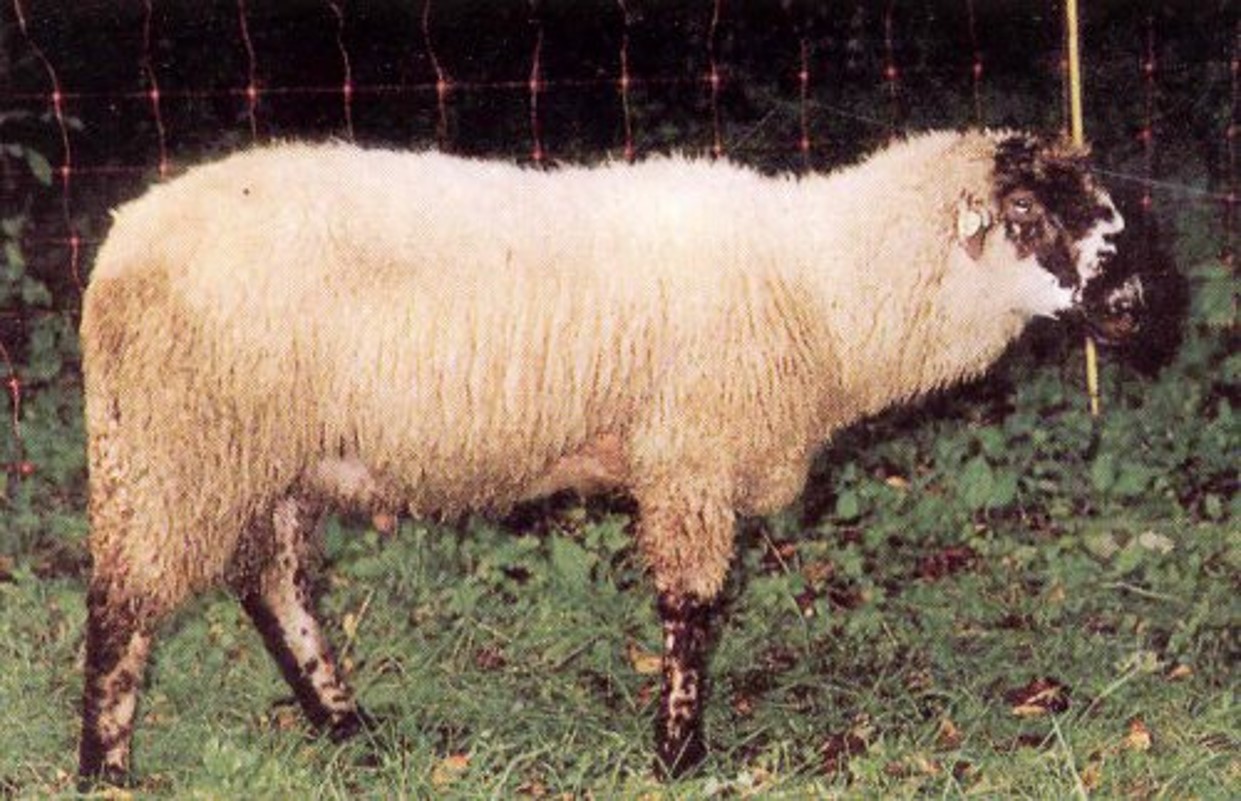Origini
Alcuni autori sostengono che, già nel neolitico, vi fosse la presenza dell’asino in Sardegna. Altri la correlano all’importazione Fenicia o di provenienza nubiana, culla degli asini africani.
Sicuramente furono però i Sardo-Punici ad incrementarne l’allevamento con finalità agricole e di trasporto.
Caratteristiche
Il mantello è grigio sorcino con riga mulina e croce scapolare, possono essere presenti zebrature alla spalla, agli arti e ventre chiaro; orecchie con orlatura scura.
Testa pesante, quadrangolare a profilo rettilineo.
La taglia è modesta, raggiunge un’altezza al garrese compresa tra gli 80 ed i 110 cm sia nei maschi che nelle femmine.
Di temperamento vivace è un animale rustico e frugale che si adatta molto bene all’allevamento brado o semibrado.
Attitudini
In passato era molto importante per l’economia delle piccole aziende rurali e veniva utilizzato da soma, da lavoro e per la macinatura dei cereali da cui il nome “molente” (animale che lavora alla mola).
Attualmente il suo allevamento è più legato alla tradizione che a finalità economiche anche se non mancano gli impieghi nelle aziende agrituristiche per la soma (trekking).

Origins
Some authors claim that donkeys lived in Sardinia since Neolithic ages; other authors say donkeys were imported in Sardinia by Phoenicians or they came from Nubia, the cradle of African donkeys.
Surely, however, the Sardinians-Punics promoted donkey breeding for agricultural and transport purposes.
Peculiarities
Population: 1890 heads in 400 farms.
Coat is gray-haired with a mule line and a scapular cross; there may be stripes on the shoulder, limbs and belly. Head is heavy, quadrangular with rectilinear profile. Body size is rather small: withers height ranges between 80 and 110 cm in both males and females. It is a rustic and frugal animal with lively temperament, that adapts very well to free or semi-free ranging.
Attitudes
In the past it was used for carrying loads, work and for grinding cereals. Today is mainly used for trekking.



